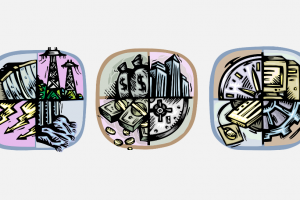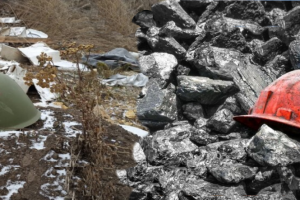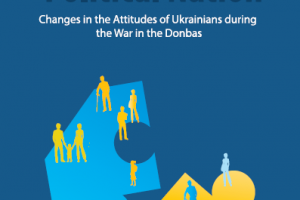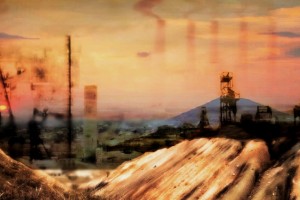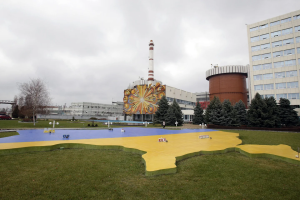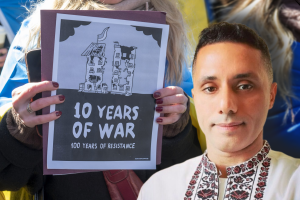
analyst
Source: The Kyiv Independent
Editor’s Note: The opinions expressed in the op-ed section are those of the authors and do not purport to reflect the views of the Kyiv Independent.
The Ukrainian Orthodox Church of the Moscow Patriarchate, a Ukrainian branch of the Russian Orthodox Church and not to be confused with the Ukrainian Orthodox Church, has been one of Russia’s most powerful soft power structures in Ukraine. Today, it serves as a toxic asset and a warning for other countries who host it.
Recently, Western and Ukrainian media, as well as Russian propaganda, have focused on the accusations against the clergy affiliated with the Ukrainian Orthodox Church of the Moscow Patriarchate (UOC-MP) for promoting and engaging in subversive activities against Ukraine.
Why has the Ukrainian government launched a wave of criminal investigations against the church, detained its leaders, and displayed a willingness to engage in conflict with one of the world’s most prominent religious groups?
There is a clear answer based on vast evidence.
The UOC-MP is a subversion tool of the Russian government and the notorious Federal Security Service (FSB). It maintains close ties with the Russian Orthodox Church and recognizes the Moscow Patriarchate’s authority. It is also essential to note that the Russian Orthodox Church (ROC) was established in 1943 as a state tool to mobilize the population during the struggle against the Third Reich.
Everyone can now access once-secret Soviet documents that clearly indicate how the KGB (the FSB’s direct predecessor) integrated its agents within the ROC. Until 1991, many high-ranking clerics studied at the Soviet Union’s spiritual academies and were under KGB control. The head of the ROC, Patriarch Kirill, even served as a KGB agent in the 1970s.
It appears as though the Soviet Union’s collapse has made no difference. Both official and independent investigations have shown how deeply Russian intelligence services have infiltrated the UOC-MP in Ukraine, which claims to have broken its ties with the Moscow Patriarchate.
On April 7, Ukrainian journalists from Ukrainska Pravda published scans of documents from Russian state databases, confirming that at least 20 high-ranking personnel within the UOC-MP (including Metropolitan Onufriy, the head of the Moscow-linked Ukrainian Orthodox Church) hold Russian passports.
This investigation reveals only the tip of the iceberg in terms of the UOC-MP's involvement in Russian subversive operations, also known as “active measures.” For example, there have been instances of UOC-MP clergy participating in the activities of Russian proxies in Ukraine’s Donetsk and Luhansk oblasts, which seek to undermine Ukraine’s territorial integrity and sovereignty.
After the start of Russia’s full-scale invasion, UOC-MP clergy were found to have distributed pro-Russian material, campaign leaflets of political parties banned in Ukraine, and Russian symbols.
Moreover, the Security Service of Ukraine (SBU) released part of a wiretapped phone conversation of Metropolitan Pavel, the abbot of the Kyiv Pevhersk Lavra and member of the UOC-MP, in which he appeared to rejoice over Russia’s occupation of Kherson and called Ukrainian forces “bandits and criminals.” Metropolitan Pavel was detained by Ukrainian authorities in April for allegedly inciting religious enmity and denying Russia’s armed aggression against Ukraine.
In April, Russia demanded the exchange of one UOC-MP priest detained by Ukraine for 28 Ukrainian soldiers, demonstrating the importance of the guise of religious organizations for forwarding the Kremlin’s foreign influence.
However, Ukrainian society is learning fast. After a year of the war, a Democratic Initiatives Foundation (DIF) public opinion poll conducted in March 2023 indicated that over 66% of respondents think that the UOC-MP aided the full-scale Russian invasion.
In 2022, 52% of Ukrainians agreed that the UOC-MP helped facilitate Russian aggression. Indeed, when President Volodymyr Zelensky introduced legal sanctions against several high-ranking priests, the Ukrainian public welcomed the decision.
Moreover, the same study indicated that approximately 30% of surveyed UOC-MP parishioners approved sanctions against the clergy. Only 12% of Ukrainians as a whole considered the sanctions unacceptable.


Over the past year, few measures have been taken by the Ukrainian government against the UOC-MP. Criminal investigations have targeted priests who have been directly implicated in anti-state crimes, including by supporting occupying forces, providing intelligence to Russia, and engaging in corruption. Ukrainian authorities have not pursued the freezing of church assets. Few regional councils have imposed temporary suspensions on UOC-MP activities during martial law.
While Ukraine’s Culture Ministry did tell UOC-MP clergy to leave the Kyiv Pechersk Lavra in March, the Church’s right to use the cultural reserve was simply not extended after the contract’s expiration. It created equal opportunities for believers of the Ukrainian Orthodox Church to pray at the Lavra in Ukrainian; the language used there long before the UOC-MP received the right to use it.
Still, the situation with the UOC-MP remains tense. Its leadership continues to defy calls from its believers to condemn Putin for his war of aggression and war crimes, which include mass killings, rape, and torture of its own parishioners. It denies that Patriarch Kirill is responsible for blessing the Russian army that bombs Ukrainian cities and UOC-MP churches.
It is likely that new legal investigations into the subversive activities of the UOC-MP against Ukraine’s national security will enforce the reassessment of the church. We can also argue that the Ukrainian public will learn a lesson in being cautious toward any form of indoctrination that demands total obedience to an unquestionable moral authority.

